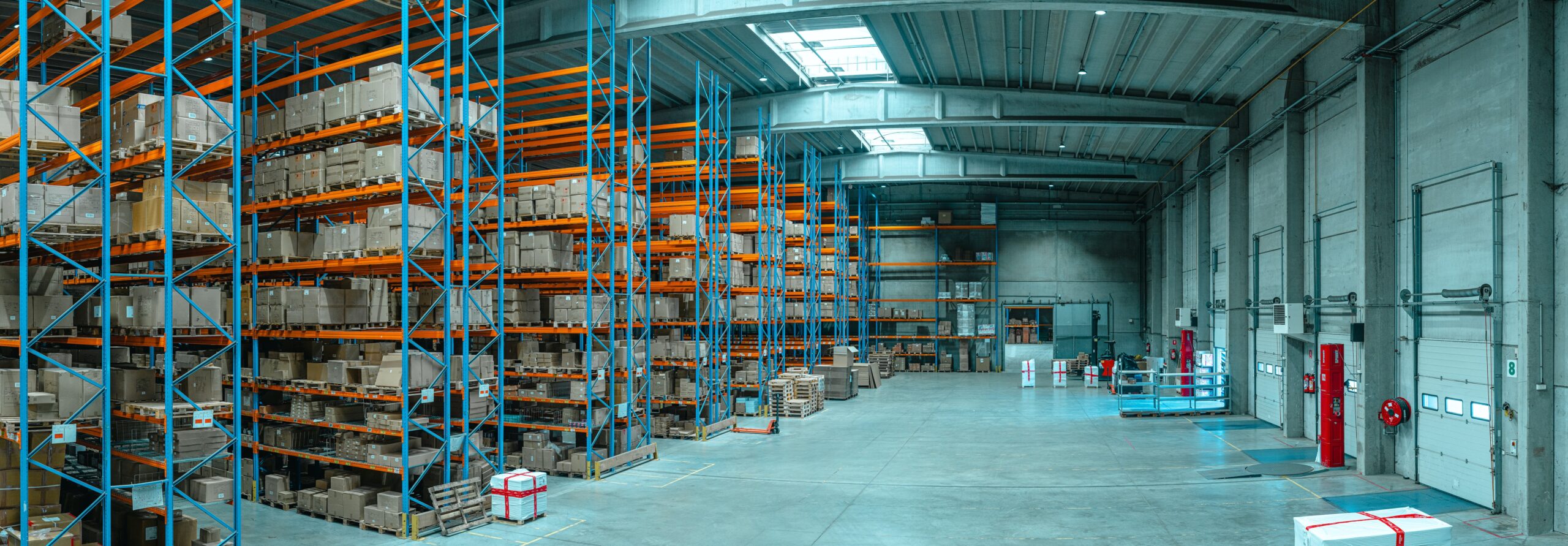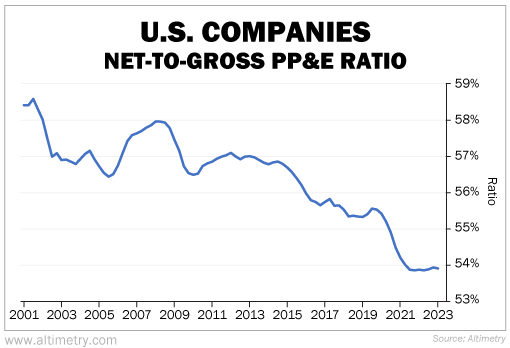 It used to be easy to reward shareholders... until the Fed got involved.
It used to be easy to reward shareholders... until the Fed got involved.
For the past 15 years, companies poured billions of dollars into share repurchases. They leveraged the low-interest-rate environment to borrow cash and return it to investors.
Typically, this was seen as a sign of corporate health... and optimism that the business was doing well. And the lower rates went, the more buybacks were announced.
In the first quarter of 2022, share buybacks for companies in the S&P 500 Index reached an all-time high of $281 billion.
Then, the Federal Reserve started aggressive rate hikes.
Debt got more expensive. Credit got tighter. And companies realized that borrowing for buybacks didn't make sense anymore. If they wanted to reward investors, they'd have to do it the hard way... by investing in the business.
While share buybacks can be good for investors in the short term, the only way to deliver returns over the long haul is by keeping operations strong.
And that means businesses have to modernize their aging assets.
Corporations are starting to catch on. According to Bank of America, the average U.S. company grew capital expenditures ("capex") 15% over the past year. Share buybacks are down 36% in that time frame.
As we'll explain, this shift to capex investment is the start of a long-term trend. U.S. companies have been underinvesting in their assets for more than a decade... and they can't keep it up much longer.
 Companies can't borrow at 2% or less anymore...
Companies can't borrow at 2% or less anymore...
And worse yet, their assets are getting old.
When rates are low, it's more efficient just to borrow money to reward investors. That's where corporations have been focused... all while neglecting the physical assets that actually power their businesses.
Financing has gotten more expensive. But to keep their businesses running and cash coming in the door – cash that can later be used for buybacks – companies need to invest in long-term assets like property, plants, and equipment (PP&E).
Reinvestment is the only way companies can stay afloat down the line. And yet, corporate America totally ignored this principle... even before the Great Recession.
The chart below measures what we call the corporate net-to-gross PP&E ratio.
Gross PP&E denotes the value of a company's assets when they were new. Net PP&E tells us what those assets are worth today.
The ratio between the two acts as a proxy for the age of assets... The lower the ratio, the older the assets.
As you can see, U.S. companies have been underinvesting in their assets for years. The ratio of net-to-gross PP&E has fallen from more than 58% in 2001 to just 54% today.
Take a look...
Companies have underinvested for so long that the assets they're using are borderline falling apart.
If they don't change their ways, they'll get left behind as their competition – both domestic and international – makes moves to grow stronger.
 We don't expect the U.S. economy to roll over and die on us...
We don't expect the U.S. economy to roll over and die on us...
Longtime subscribers are familiar with the "supply-chain supercycle"... our term for the wave of U.S. infrastructure spending as production comes back home.
It's starting in earnest. And the influx of capital into these projects will likely power the next bull market.
Again, capex spending is up 15% over the past year. To get back to a normal net-to-gross PP&E ratio, closer to that 58% level, we'll need a lot more spending.
We're already seeing signs of that today...
Just look at the tech industry. Thanks to the artificial-intelligence boom, chipmakers are investing even more in onshore production. Even tech giants like Apple (AAPL) have started building more manufacturing facilities on or near U.S. soil.
Despite short-term uncertainties about the coming recession, the U.S. economy is poised for substantial growth over the next five to 10 years.
Companies are just getting started investing in their operations. They can't rely on the "easy money" era to pump shareholders full of cash. This will benefit supply chains across the U.S.
And the businesses that ramp up capex spending will lead the charge higher.
Regards,
Joel Litman
September 11, 2023



 It used to be easy to reward shareholders... until the Fed got involved.
It used to be easy to reward shareholders... until the Fed got involved. 


